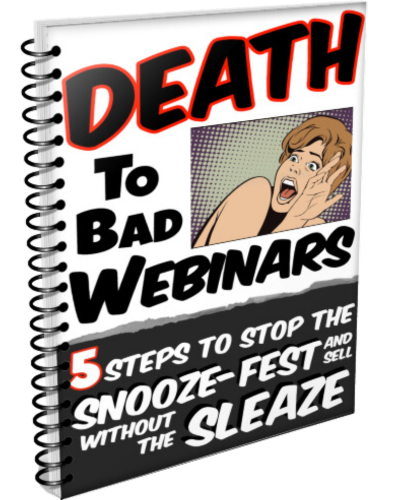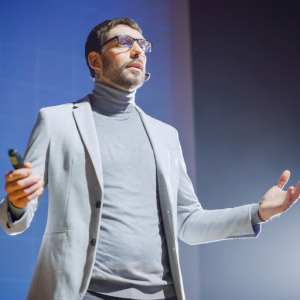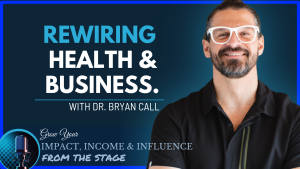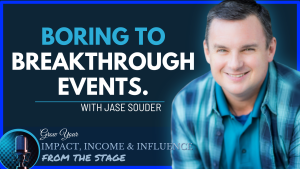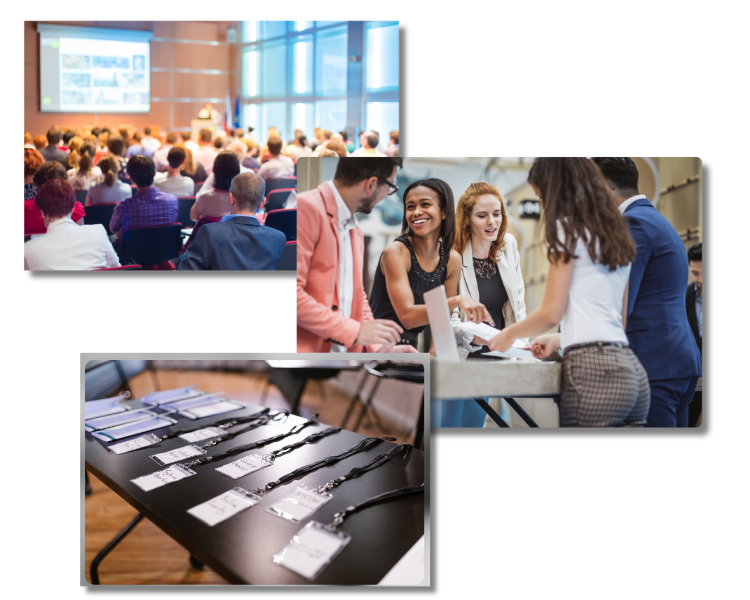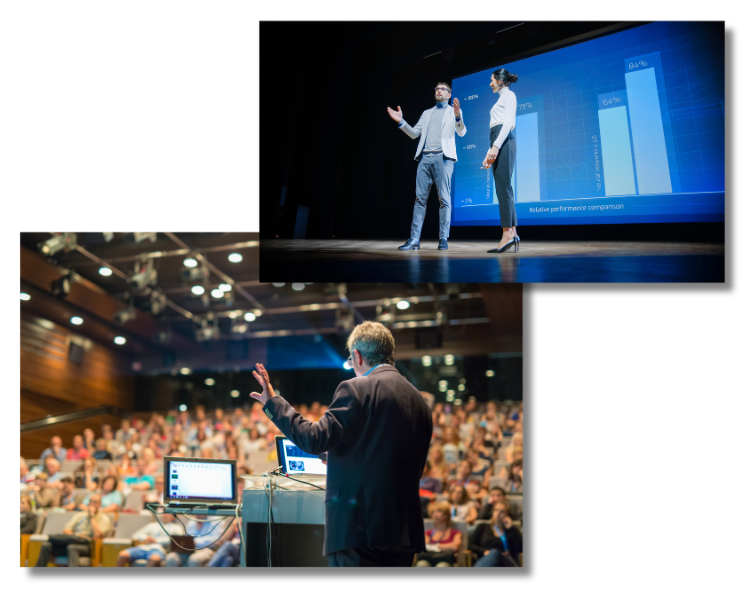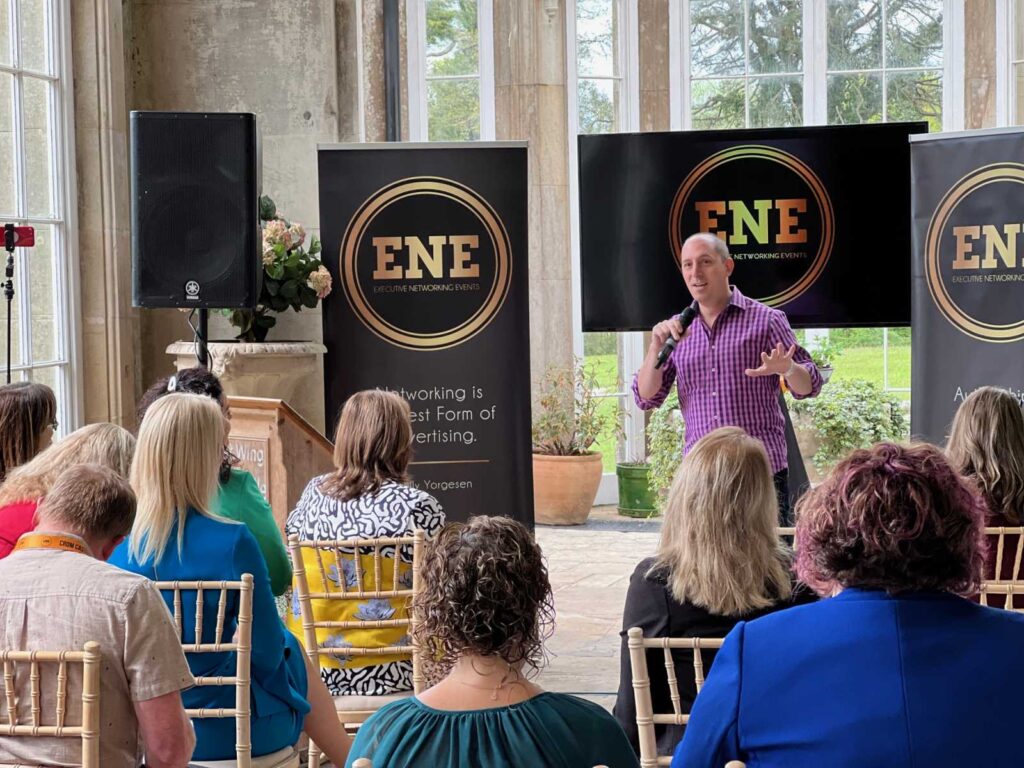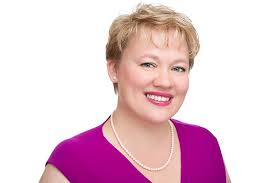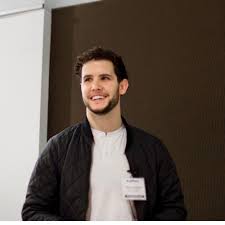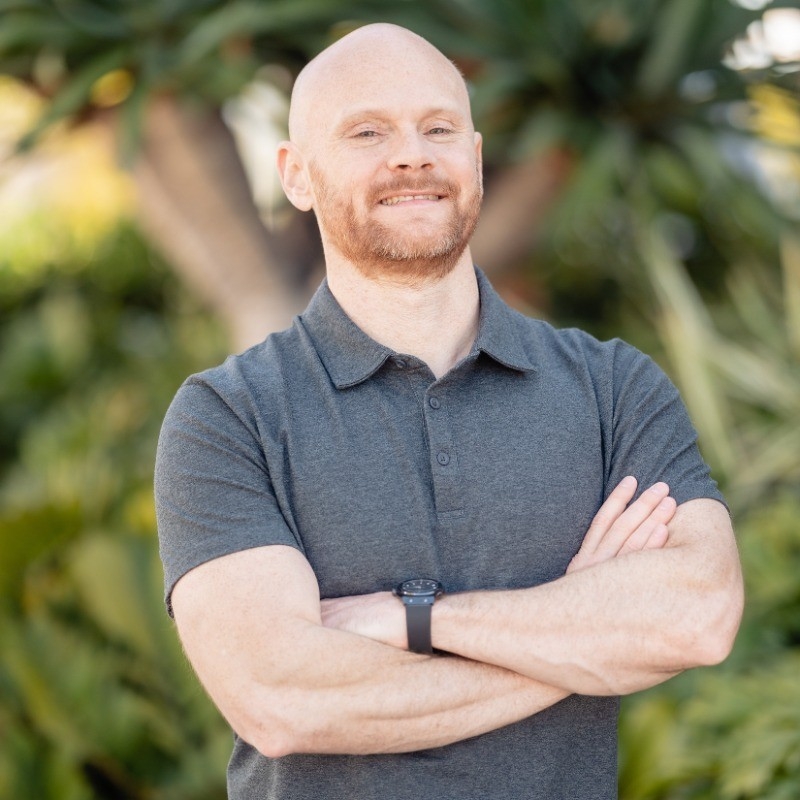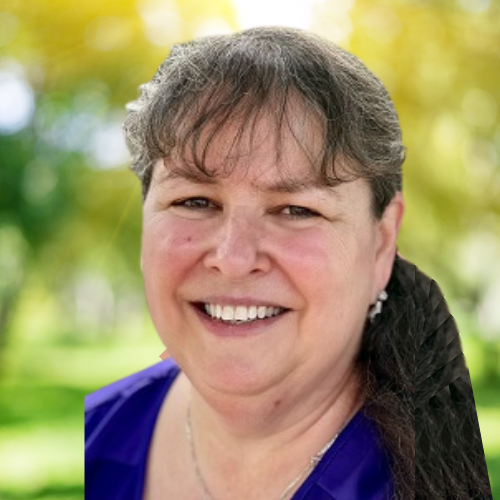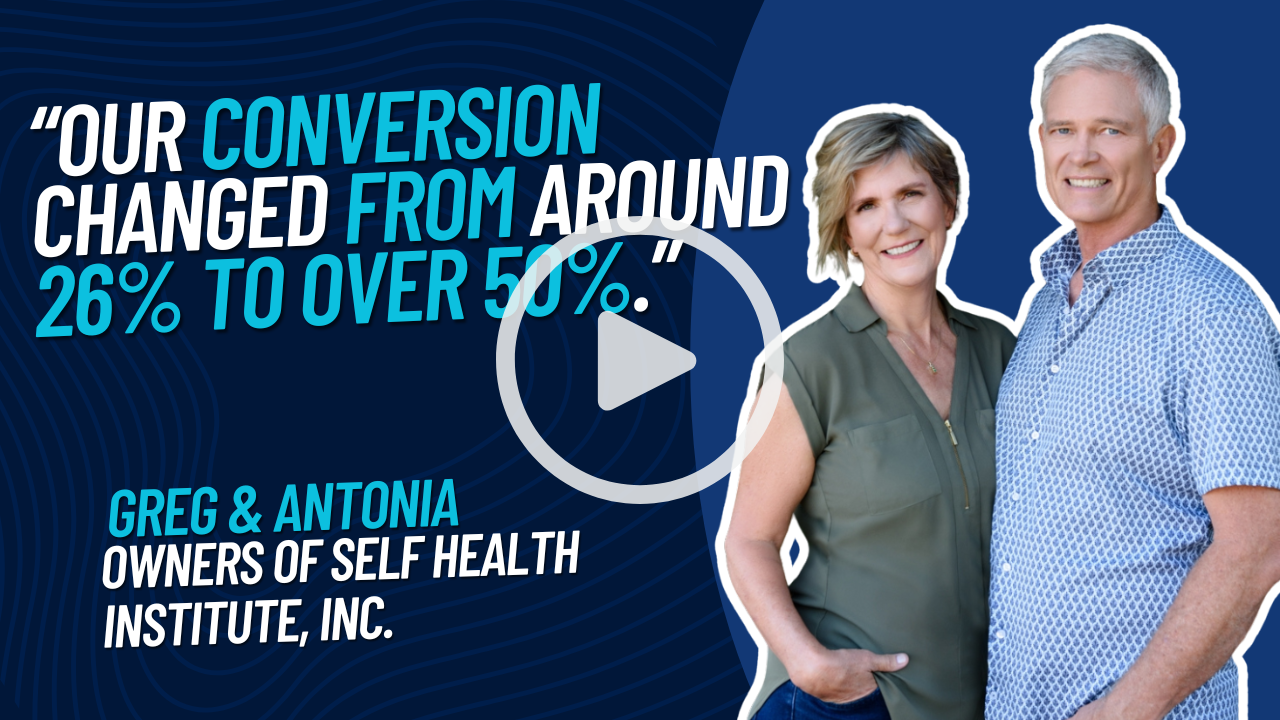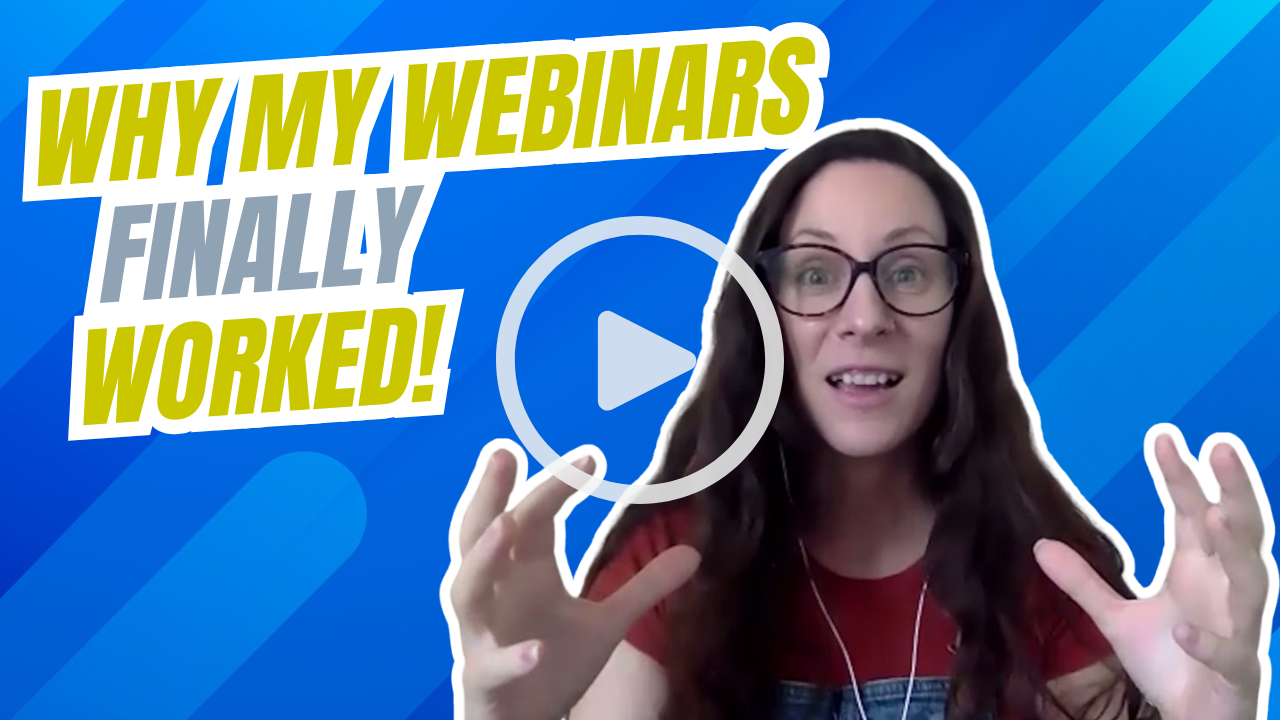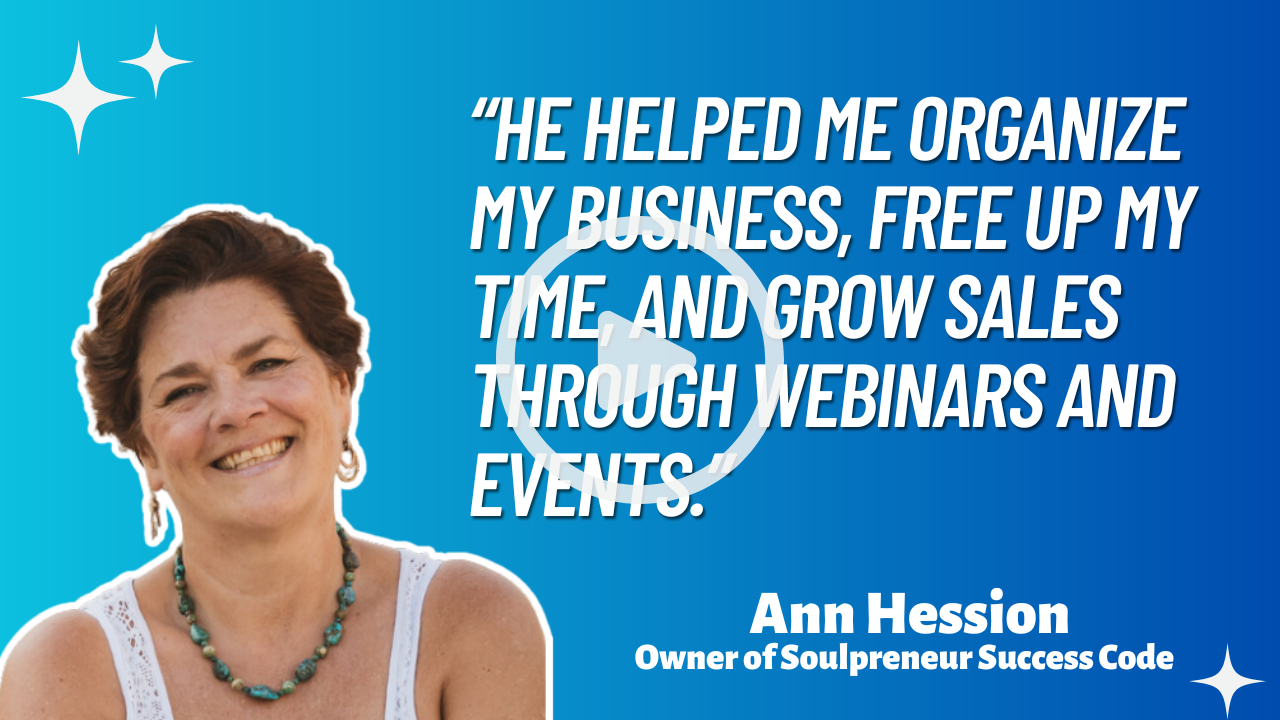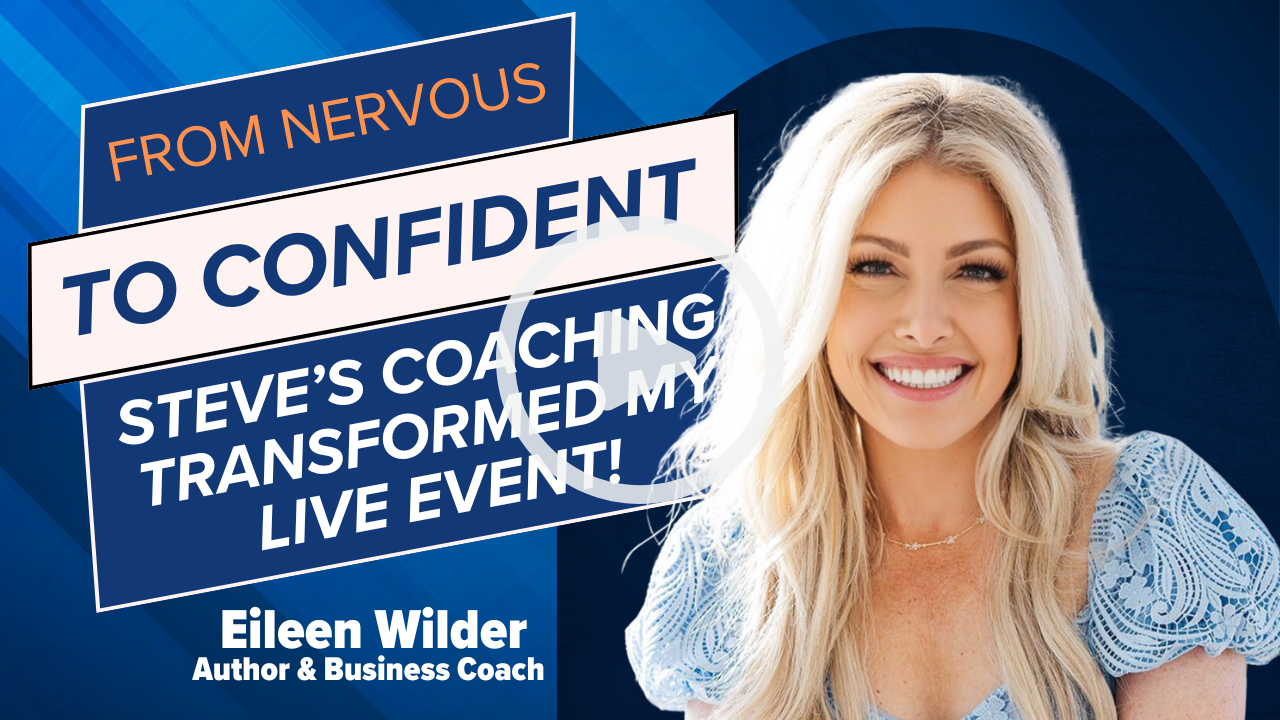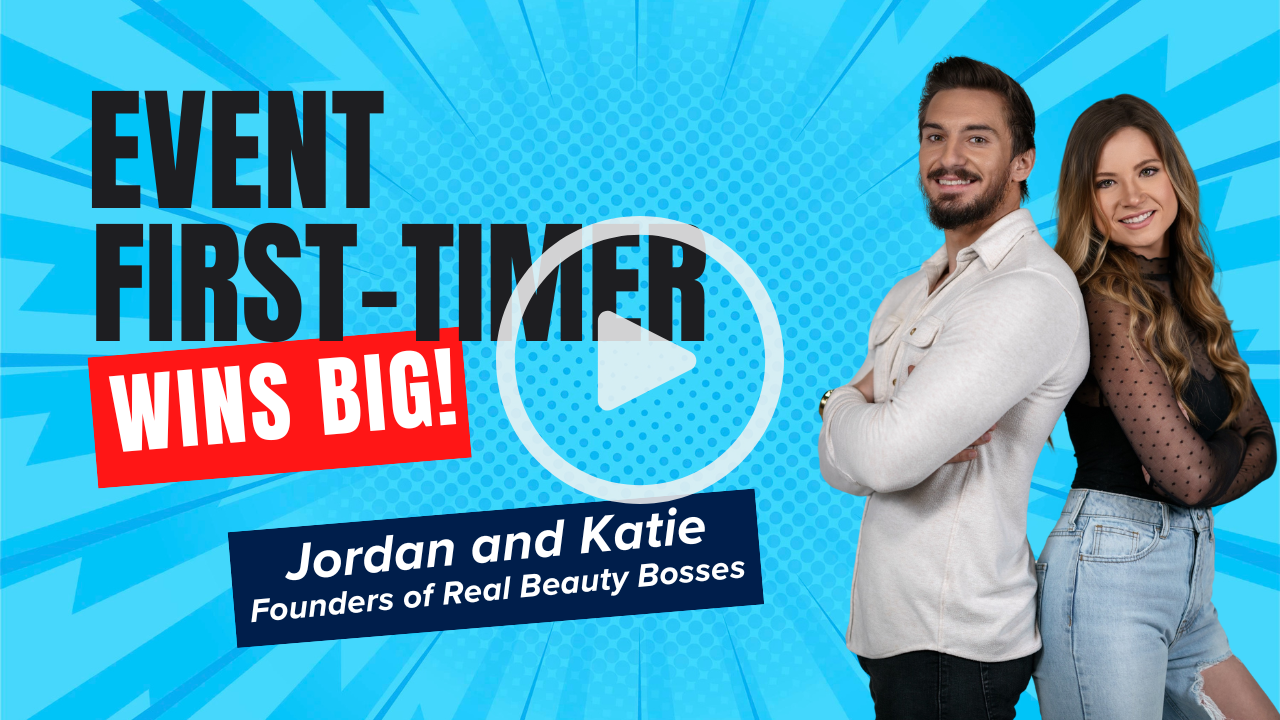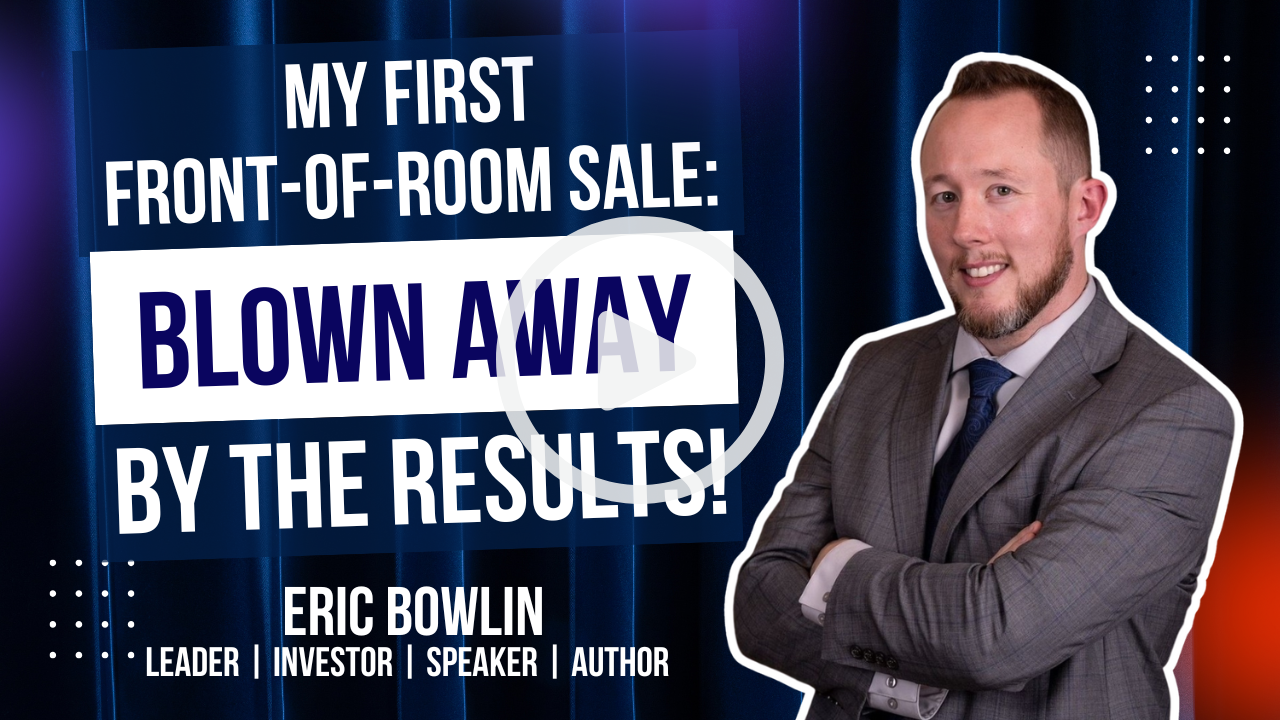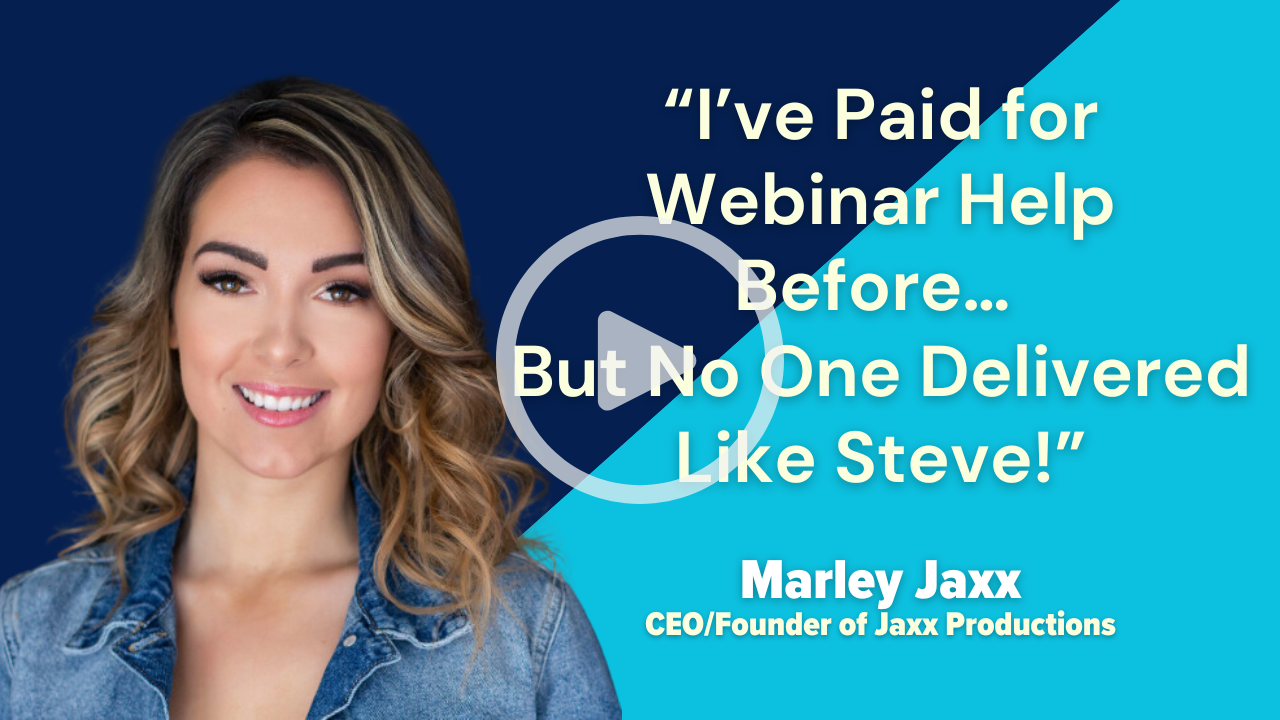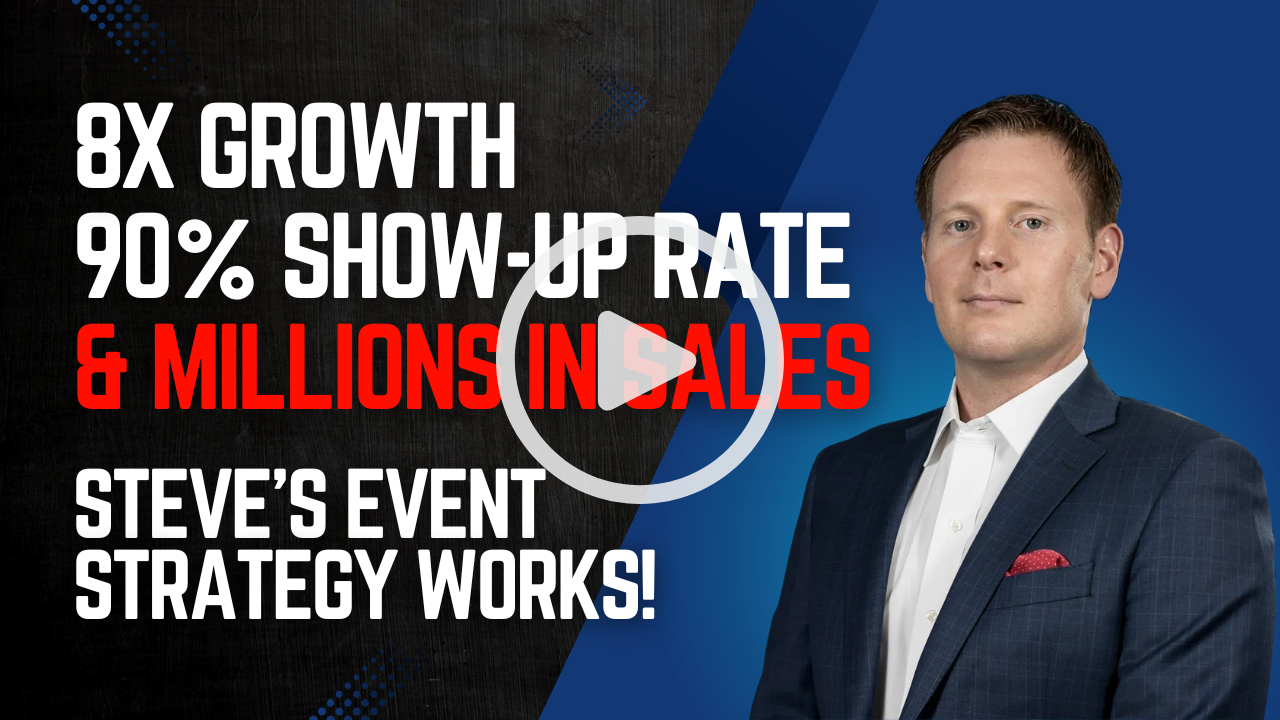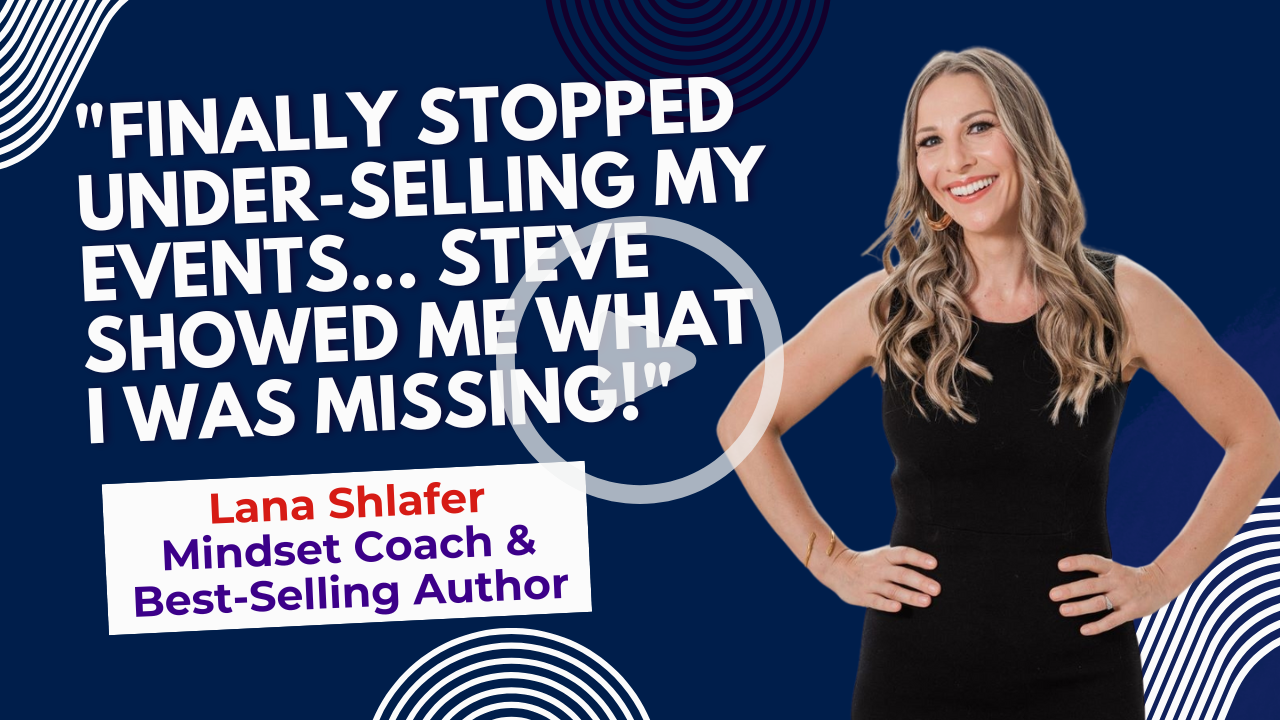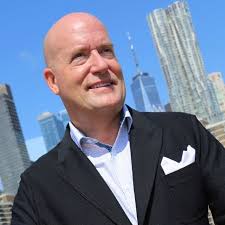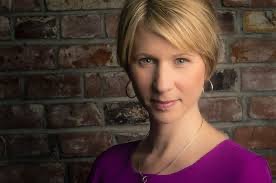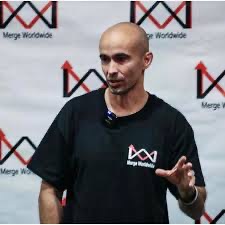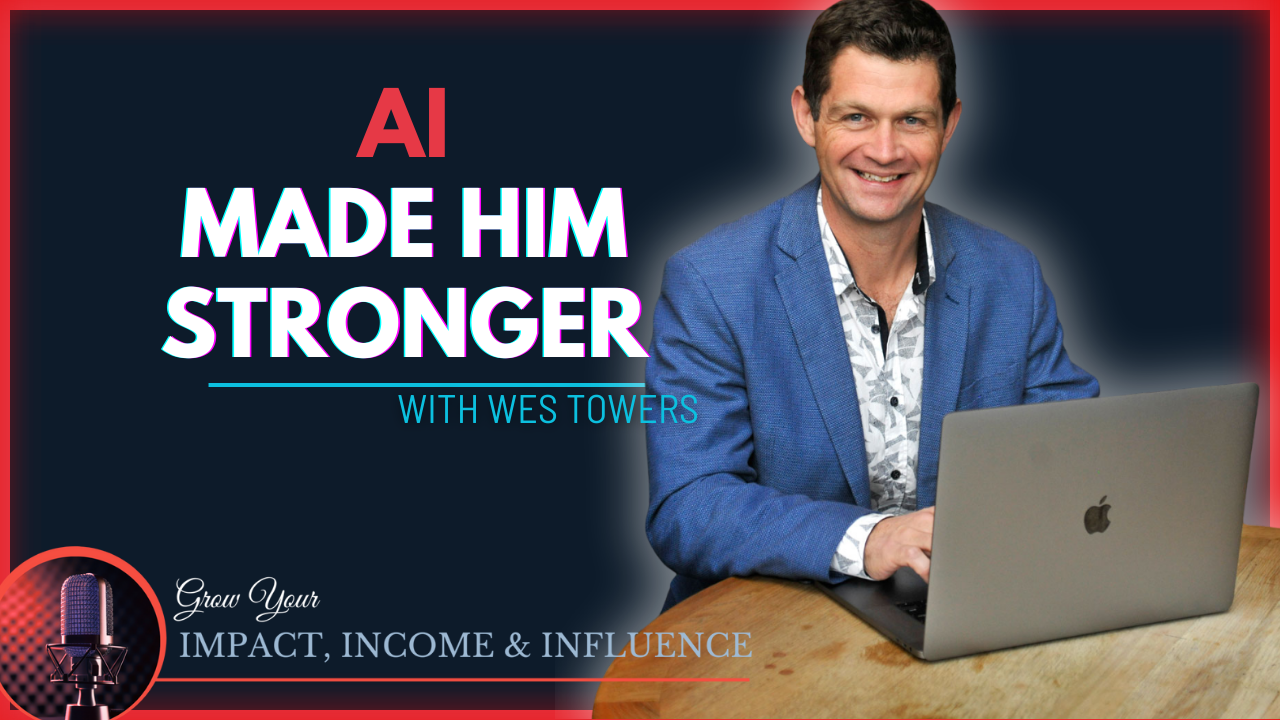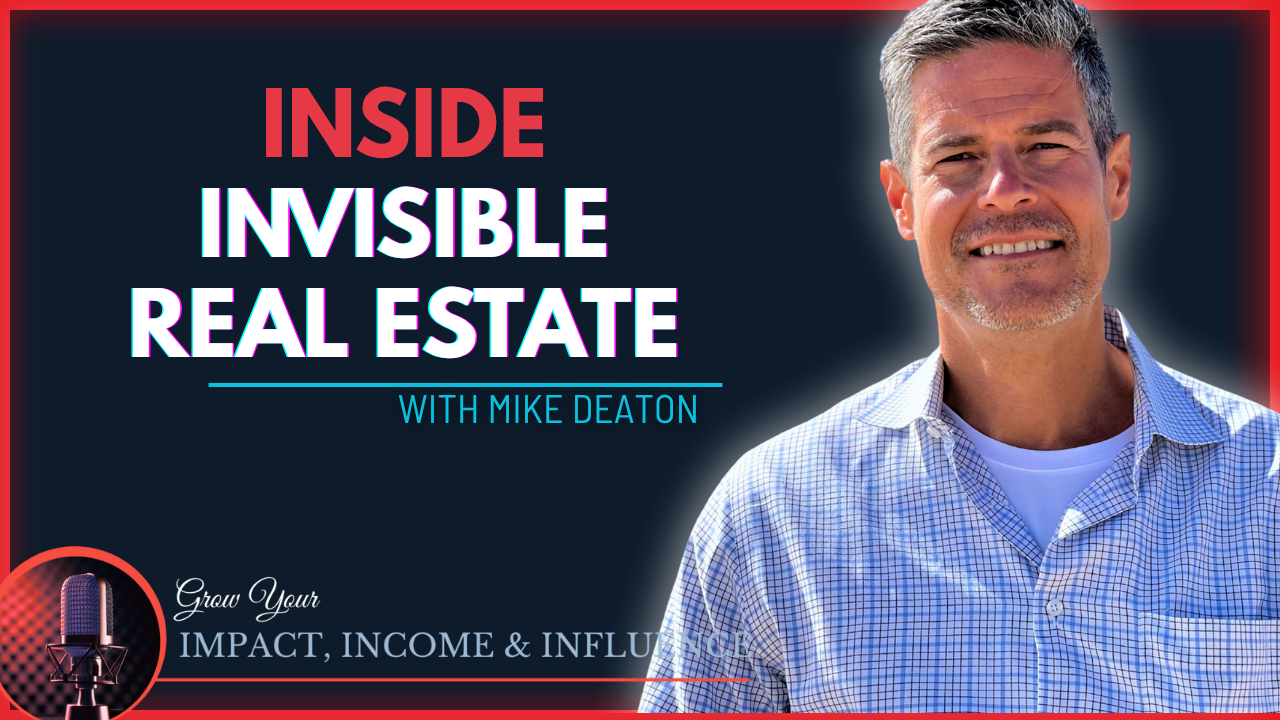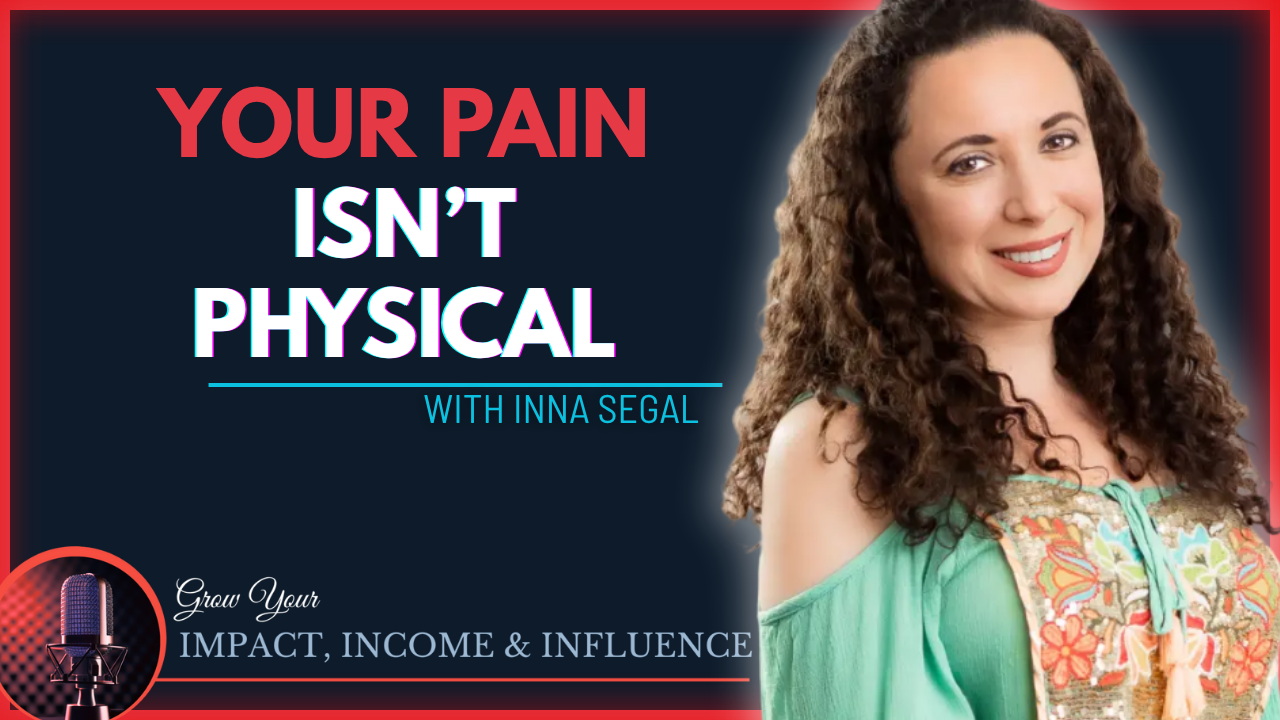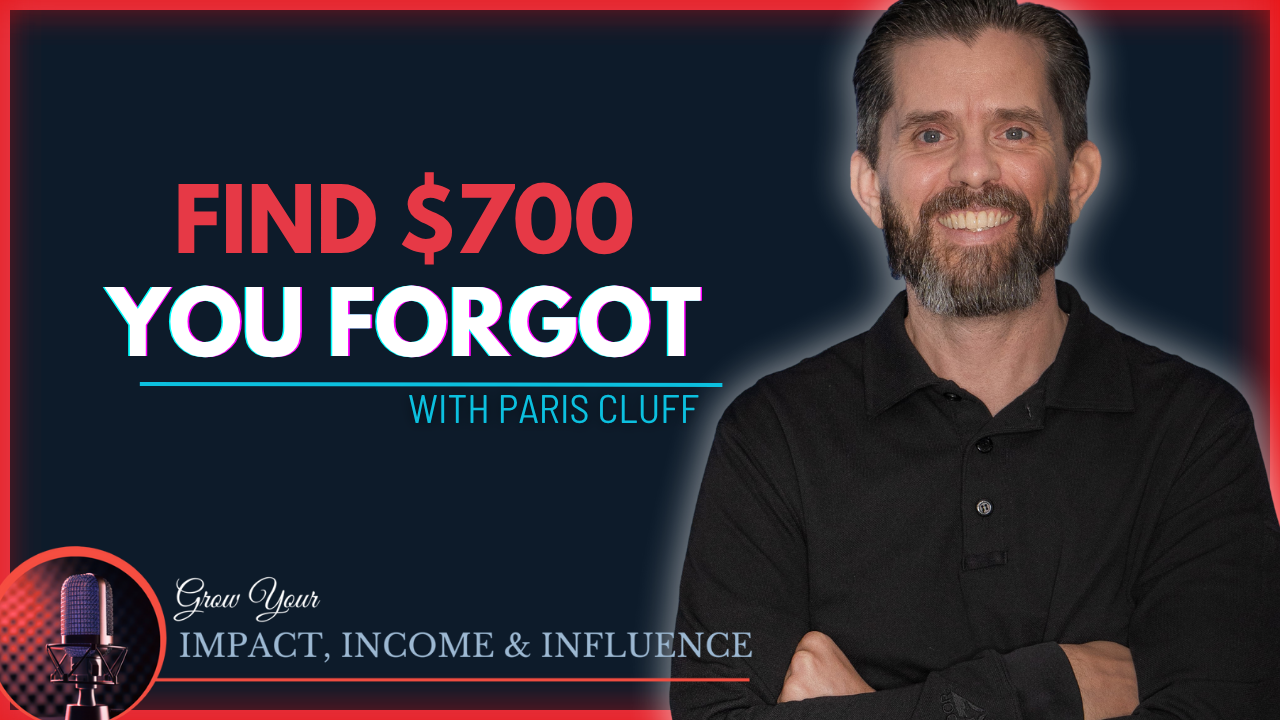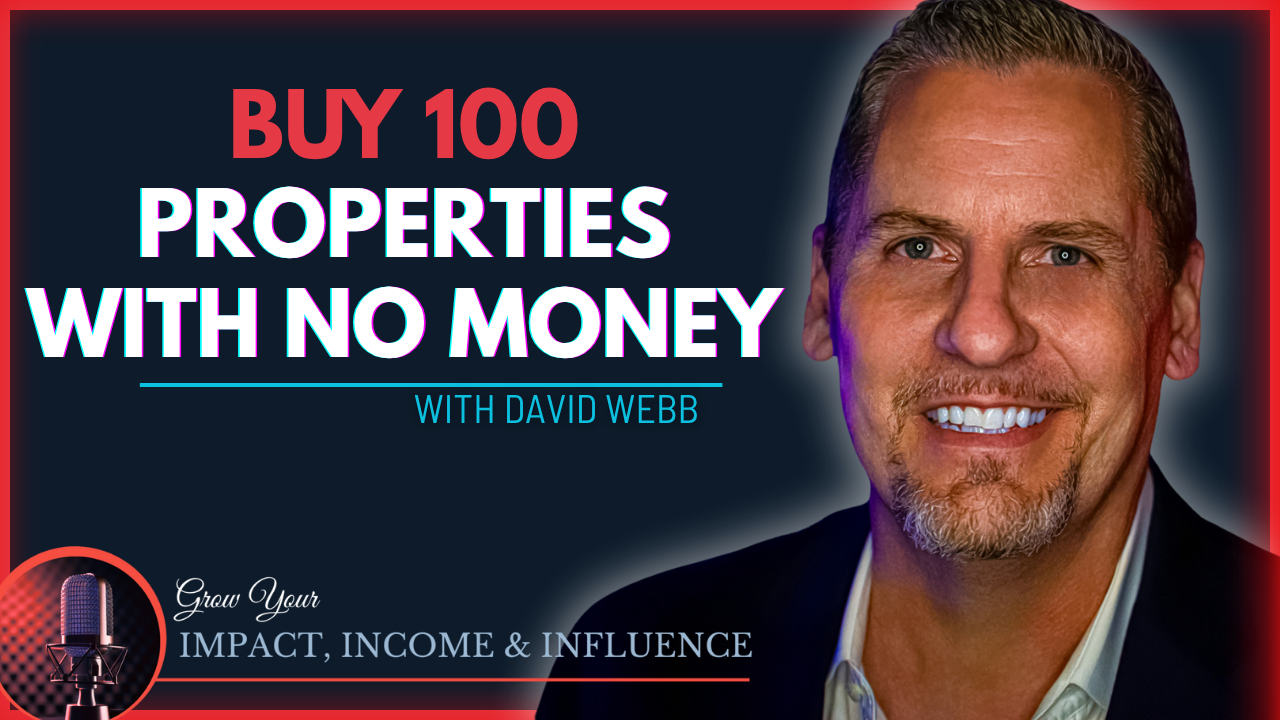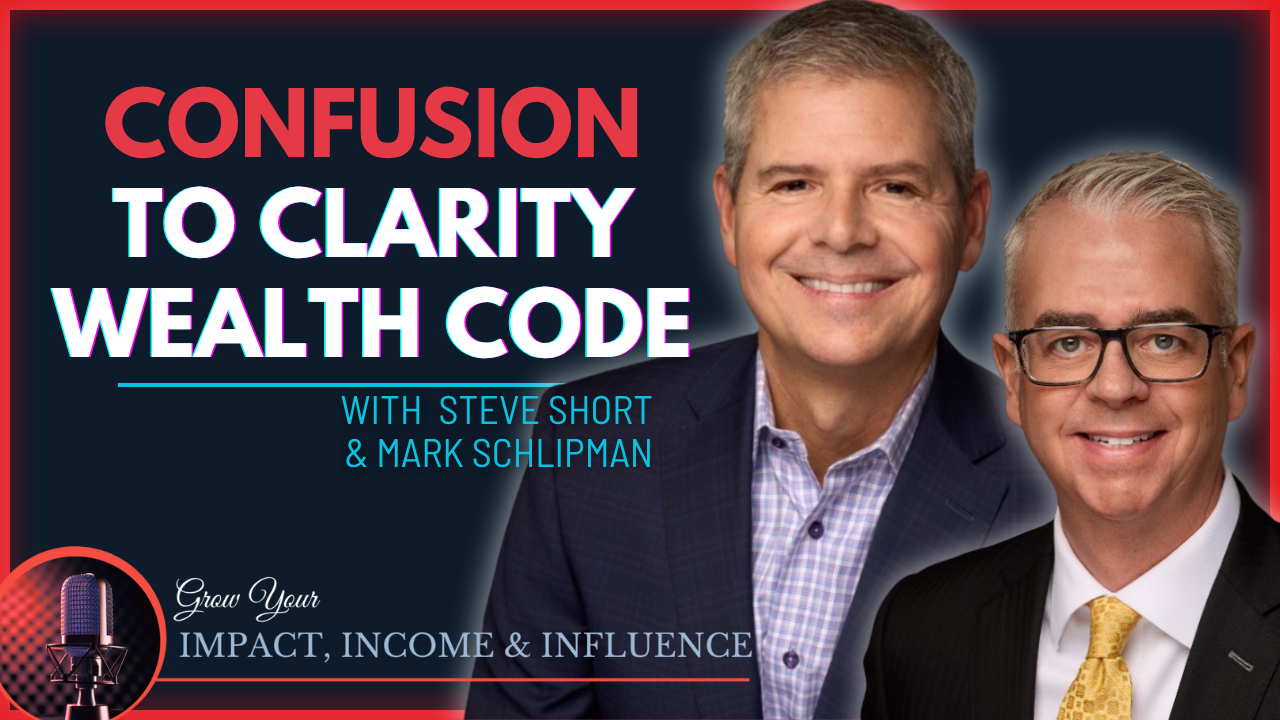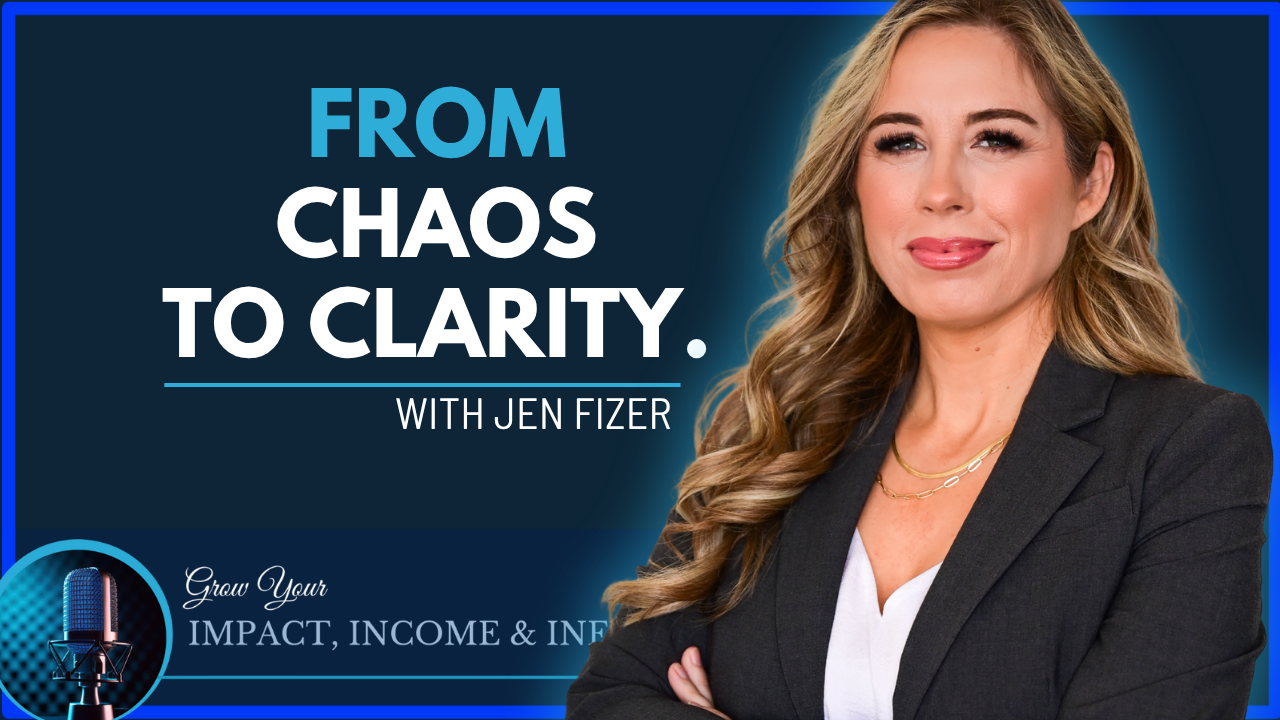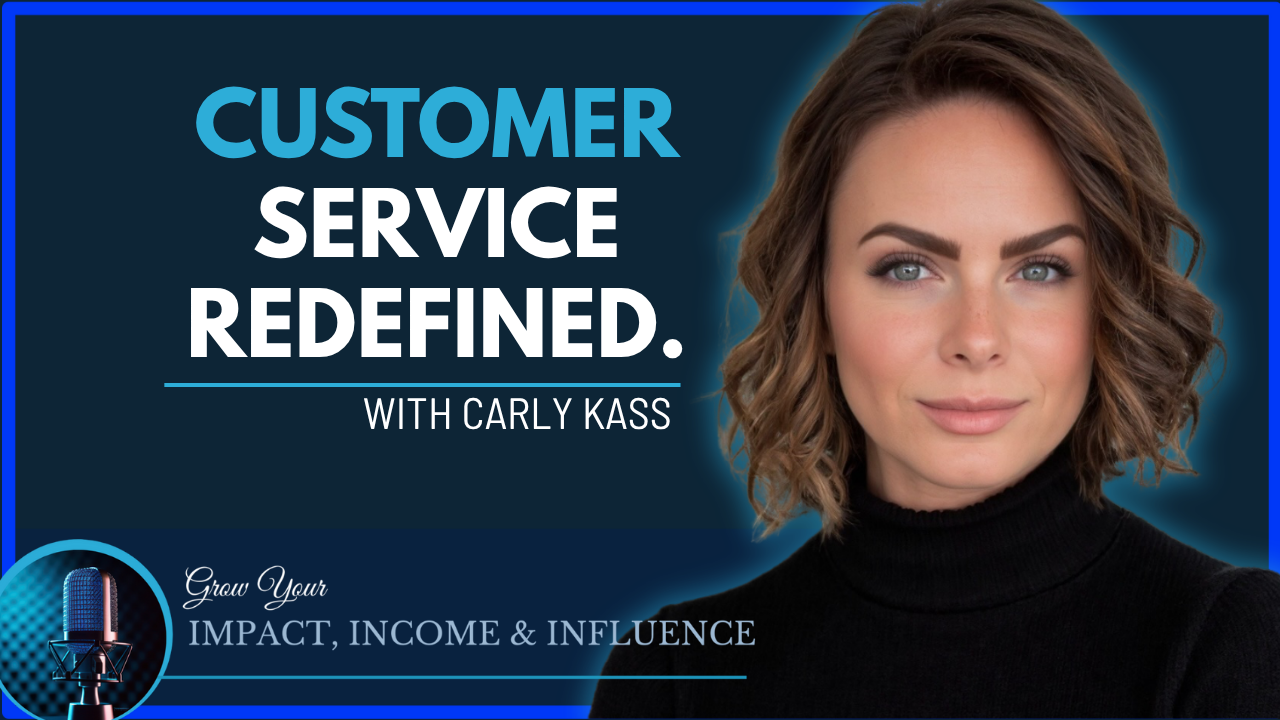If your event feels “busy” but not profitable, this is probably why:
You planned around content. You should have planned around conversion.

See, most salespeople think of events as lead generators. But if you’re serious about closing deals, you need to treat your event like a live sales conversation—mapped to the buyer’s decision process, not your agenda.
Here’s how to reverse engineer your event to do exactly that.

Pop in your email below, and we’ll zip it straight to your inbox so you never lose it!
Align Your Event Strategy with the Sales Cycle
If your sales team is fighting for results while your event is built to “educate,” there’s a misalignment. Your event isn’t just a celebration of your product or service. It’s a stage-by-stage roadmap built to move a stakeholder from curiosity to contract.
To align with the sales cycle, reverse engineer your event flow based on:
Where buyers typically get stuck
Who needs to be in the room (hello, multiple buyers and decision makers)
What kind of information they need at each step
Forget fluff. Build your sessions like a mutual success plan: one that answers objections, builds customer experience momentum, and drives the right people to take action.
Use a Mutual Action Plan (Even If They Don’t Know They’re in One)
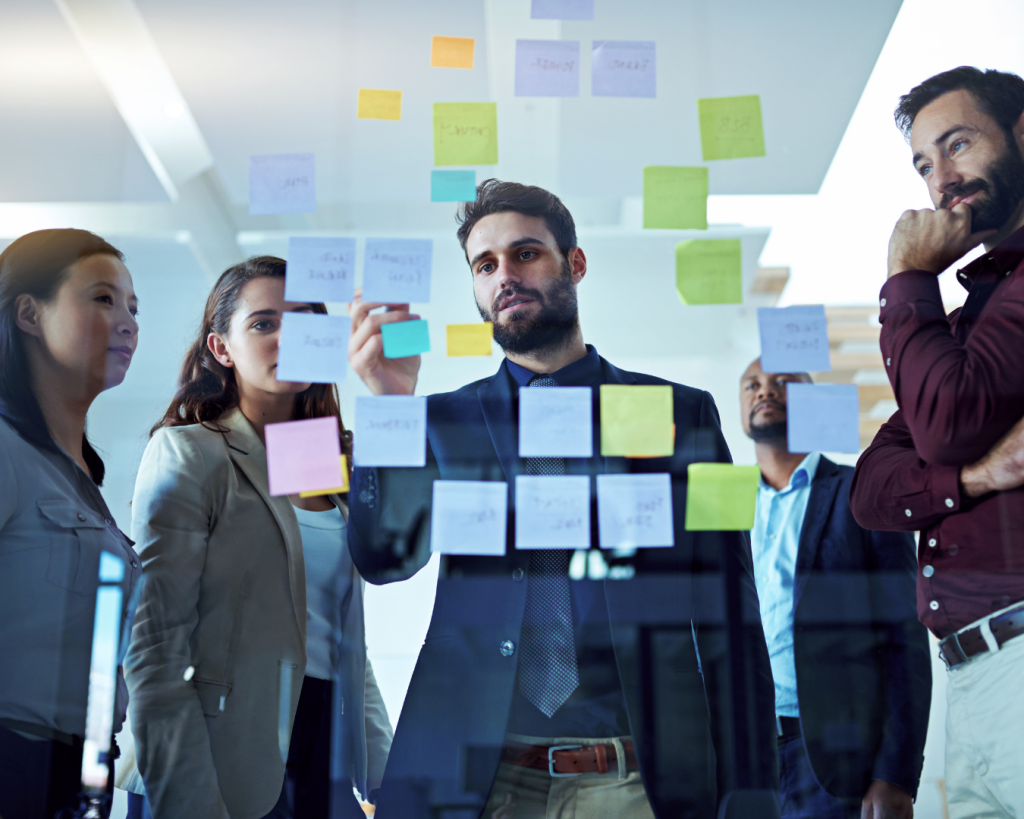
Ever walked a client through a Mutual Action Plan Template?
It’s a B2B sales staple: it outlines key action items, maps stakeholders, and sets shared goals so both sides can move forward confidently.
Now imagine that same approach baked into your live event.
Here’s how:
Treat each session like a milestone in your MAP
Make the next step obvious: panel > demo > testimonial > consult
Keep the sales team involved, not sidelined
Whether they know it or not, your buyers are walking a roadmap. It’s your job to guide them—without the guesswork.
Your Sales Process = Your Event Agenda
Most events frontload content and save the sales pitch for the end. But sales professionals know: the sales process starts the moment someone walks through the door (or logs in).
Reverse engineer your event to match the buyer’s brain:
Start with the problem they care about
Layer in case studies and social proof
Provide the ROI math that decision makers demand
Build in real-time conversations between sales reps and attendees
By the time you drop your pitch, the groundwork has already been laid. You’re not convincing. You’re just confirming.
Automate Follow-Up Like a Sales Pro
The event isn’t the close—it’s the setup. That’s why your CRM and event planning tools must streamline handoff between marketing and sales.
Set up your event like a mutual action plan:
Capture insights and pain points in-session
Tag by persona or buying stage
Automate personalized follow-ups that feel human (not canned)
Give your sales team a single source of truth to pick up the conversation
This is how you optimize the entire customer experience and close deals faster—without burning out your team.
Bonus: Include Onboarding in the Experience
Want a next-level move? Start onboarding before they buy.
Yep—give them a taste of the customer success process during the event. Whether it’s a behind-the-scenes product tour, live Q&A with implementation experts, or a “first 30 days” breakdown, you’re showing buyers exactly what life looks like after the purchase decision.
That kind of clarity is rocket fuel for ROI confidence—and it reduces procurement friction too.
Final Thought: Buyers Don’t Want Hype—They Want a Roadmap
You don’t need more breakout sessions. You need a reverse-engineered buyer journey that makes every piece of your event point toward a single destination: the close.
Plan your event like a sales leader.
Speak to the buyer’s internal decision-making.
Align with their stakeholders, give them the access to the information they need, and move them toward action—step by step.
Want help mapping this out? That’s what I do. Let’s turn your next event into a deal machine.

